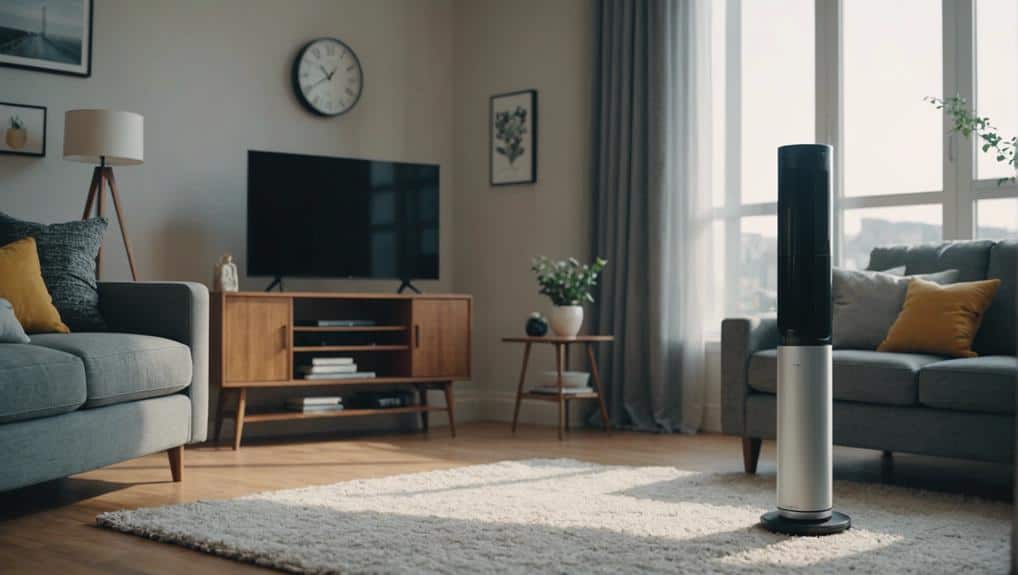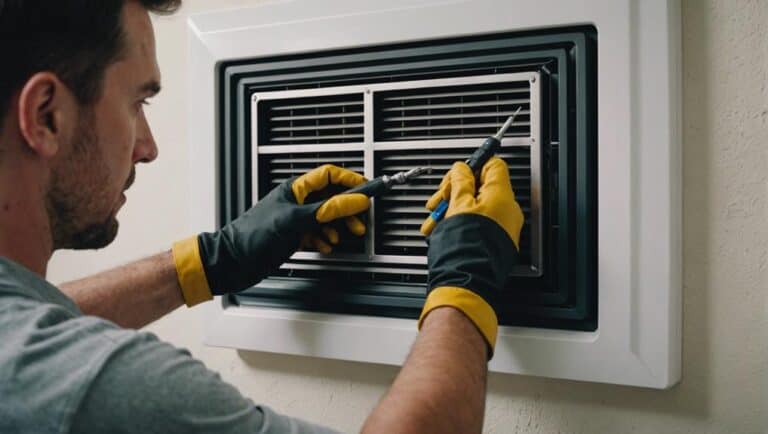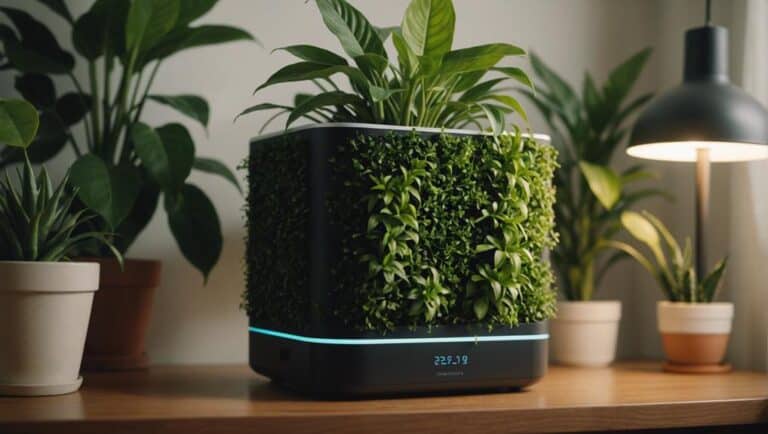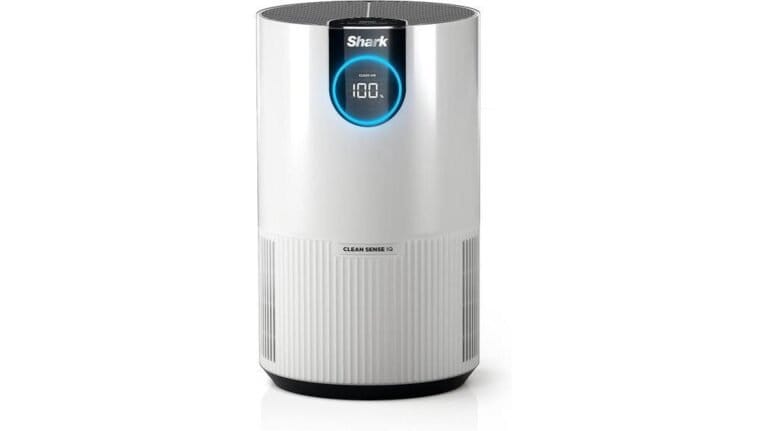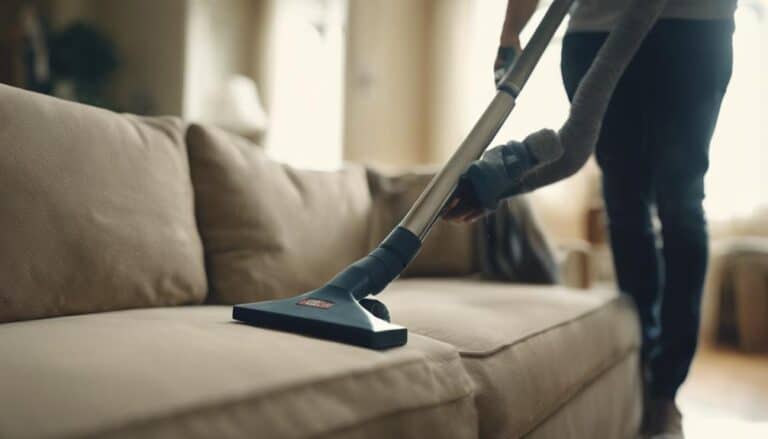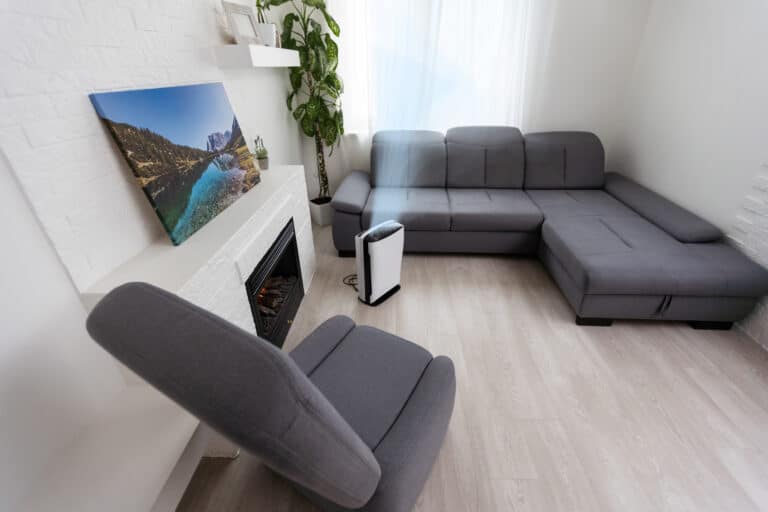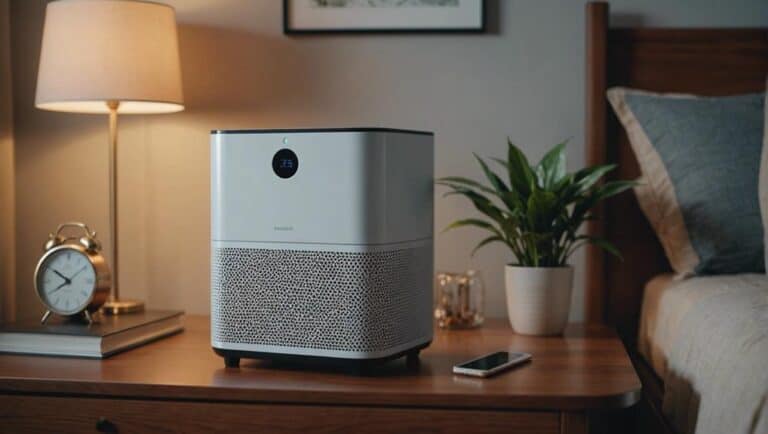Effectiveness of Air Purifier Towers
When it comes to air purifier towers, we often ponder their true effectiveness in combatting air pollution. Are these towering structures truly living up to their promises of cleaner air? Are they just a temporary fix or a long-term solution? As we analyze the data and consider the various factors at play, one can’t help but wonder if air purifier towers are the answer we’ve been seeking or if there are hidden challenges that need to be unearthed.
Cost-Effectiveness of Air Purifier Towers
When evaluating the cost-effectiveness of air purifier towers, one must consider the significant financial investment required for their installation and maintenance. The cost of setting up these towers can be exorbitant, with some projects running into millions of dollars. For instance, the smog tower in Connaught Place, Delhi, cost around $2.5 million to construct. Despite these high costs, research suggests that air purifier towers have limited effectiveness in substantially reducing air pollution levels. Maintenance costs further add to the overall expense of these structures, making their cost-effectiveness questionable.
Studies indicate that the efficiency of air purifier towers diminishes significantly with distance from the tower, raising concerns about their impact on air quality. Scientific consensus leans towards the view that these towers are costly and inefficient in bringing about substantial improvements in air quality. Hence, when considering the cost-effectiveness of air purifier towers, it’s important to weigh the financial outlay against their actual effectiveness in enhancing air quality and efficiency.
Maintenance Challenges Faced by Air Purifier Towers
Facing extensive maintenance challenges, air purifier towers encounter issues related to their outdoor operation and rapid air cleaning requirements. The constant exposure to air pollutants like smog and other forms of pollution leads to increased wear and tear on the filters, requiring frequent replacements. Studies have revealed that the filters in these towers are often not tightly sealed, leading to a decrease in their efficiency over time. Additionally, the continuous release of filtered air mixing back with pollution puts additional strain on the maintenance needs of these towers.
| Maintenance Challenges | Examples |
|---|---|
| Frequent filter changes | Due to exposure to pollutants |
| Inefficient filter sealing | Reducing overall effectiveness |
| High maintenance costs | Adding to operational expenses |
| Mixing filtered air with pollution | Increases maintenance needs |
| Outdoor operation strain | Exacerbating maintenance issues |
Despite efforts to support maintenance from relevant authorities, the high costs and technical challenges associated with upkeep remain significant hurdles in ensuring the best performance of air purifier towers.
Coverage Area Limitations of Air Purifier Towers
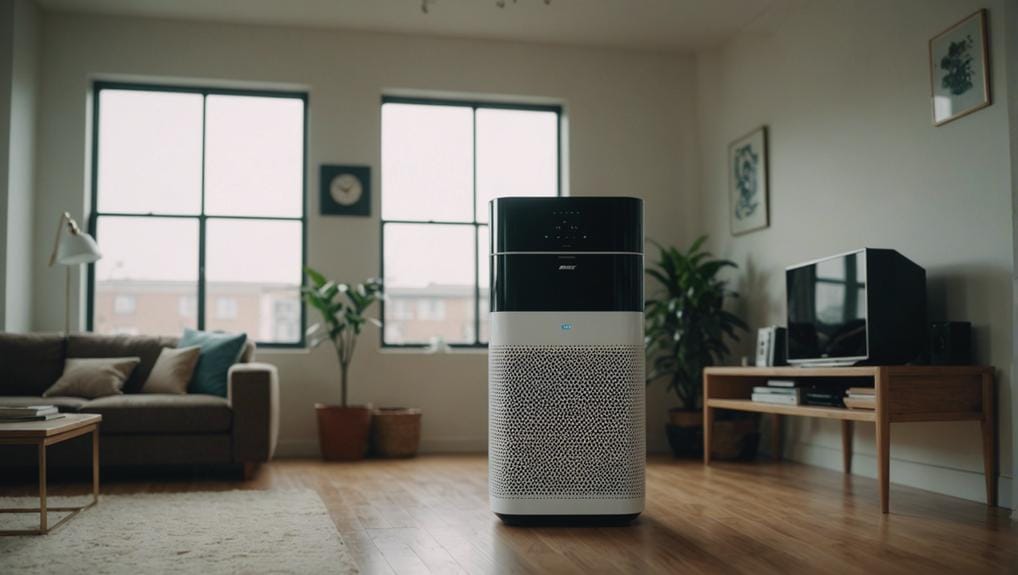
Operating within a specific radius, air purifier towers exhibit limitations in their coverage area effectiveness. These towers have a finite reach, and their efficiency drops considerably with distance from the tower. Research indicates that the impact of air purifier towers on air quality diminishes as one moves further away from the tower, highlighting the proximity effectiveness of these devices.
Due to their coverage area limitations, air purifier towers may not provide substantial air quality improvements beyond a certain distance. Understanding the restricted reach of these towers is important for optimizing their use in indoor environments. Users seeking to maximize the benefits of air purifier towers should consider placing them strategically to make sure that the intended areas receive adequate purification.
Efficiency Concerns With Air Purifier Towers
We need to address the concerns surrounding the efficiency of air purifier towers, particularly focusing on the impact of power consumption and the frequency of filter replacements.
These factors play a vital role in determining the overall effectiveness of these towers in purifying the air we breathe. By examining the power consumption impact and filter replacement frequency, we can gain valuable insights into how well these towers operate and whether they’re a sustainable solution for improving air quality.
Power Consumption Impact
Concerns about the efficiency of air purifier towers arise due to their significant power consumption, primarily attributed to the operation of fans and filtration systems. When examining the power consumption impact of these devices, it’s essential to focus on optimizing efficiency.
- Energy-Efficient Components: Utilizing low-power fans and advanced filtration technology can help decrease the overall power consumption of air purifier towers.
- Variable Power Consumption: The size of the tower and the efficiency of the filters play a role in determining the amount of power consumed by the air purifier.
- Monitoring and Optimization: Regularly monitoring and optimizing the power consumption of air purifier towers is important to balance their effectiveness with operational costs.
Filter Replacement Frequency
Efficiency is greatly affected by the frequency of filter replacements in air purifier towers. To guarantee peak air purification performance, timely maintenance is essential. Manufacturers typically advise replacing filters every 6 to 12 months.
Neglecting these replacements can result in decreased efficiency and compromised air quality improvement. Maintaining the recommended filter replacement frequency is vital for the proper functioning of air purifier towers.
Filtering Capabilities of Air Purifier Towers

We need to examine the particle removal efficiency and air circulation rate of air purifier towers to understand their filtering capabilities fully. These factors play an important role in determining how effectively these towers can clean the air in their vicinity.
Particle Removal Efficiency
When evaluating the effectiveness of air purifier towers in particle removal, one must consider their filtering capabilities at various distances from the tower. Air purifier towers can achieve around 50% efficiency in cleaning polluted air, but this efficiency drops to 30% at a distance of 50 meters and slightly above 10% at 500 meters.
Poor sealing can lead to polluted air bypassing the filters, impacting the overall particle removal efficiency. Studies suggest that while air purifier towers play a role, their impact on improving air quality is limited.
Understanding these factors is essential for those seeking to control and optimize air purification processes.
Air Circulation Rate
Air purifier towers, such as the one in Delhi, boast an impressive air circulation rate of up to 1000 cubic meters per second. The tower’s efficiency is crucial in addressing pollution levels, yet proximity plays a significant role in its impact. Despite the high circulation rate, pollution levels near the tower remained 12 times higher than the WHO annual limit, raising concerns about its effectiveness. The Delhi tower, equipped with 10,000 filters capturing particles as small as 0.3 microns, reduced pollution levels by 50% at its outlet. However, its efficiency diminishes with distance, highlighting the need for strategic tower placement to maximize effectiveness.
| Air Circulation Rate | Pollution Levels | Tower Efficiency | WHO Annual Limit |
|---|---|---|---|
| Up to 1000 m³/s | 12 times higher than WHO limit | Reduced by 50% at outlet | 10,000 filters capturing 0.3 micron particles |
Comparison With Indoor Air Purifiers
In comparison with indoor air purifiers, the focus and scope of air purifier towers expand to target outdoor pollutants, tackling larger environmental concerns. Air purifier towers are specifically designed for outdoor air purification, making them ideal for addressing city-wide levels of pollution.
Here is how air purifier towers differ from indoor air purifiers:
- Outdoor Air Purification: Air purifier towers are built to purify the air outside, capturing pollutants like PM2.5 particles and harmful gases present in the outdoor environment.
- City-Wide Impact: Due to their large size and capacity, air purifier towers can have a significant impact on improving air quality at a city-wide level, unlike indoor air purifiers which are limited to smaller enclosed spaces.
- Thorough Filtration: Air purifier towers are equipped with multiple filters that can effectively trap a wide range of outdoor pollutants, providing a thorough solution to combating environmental challenges.
Impact on Combating PM 2.5 Particles
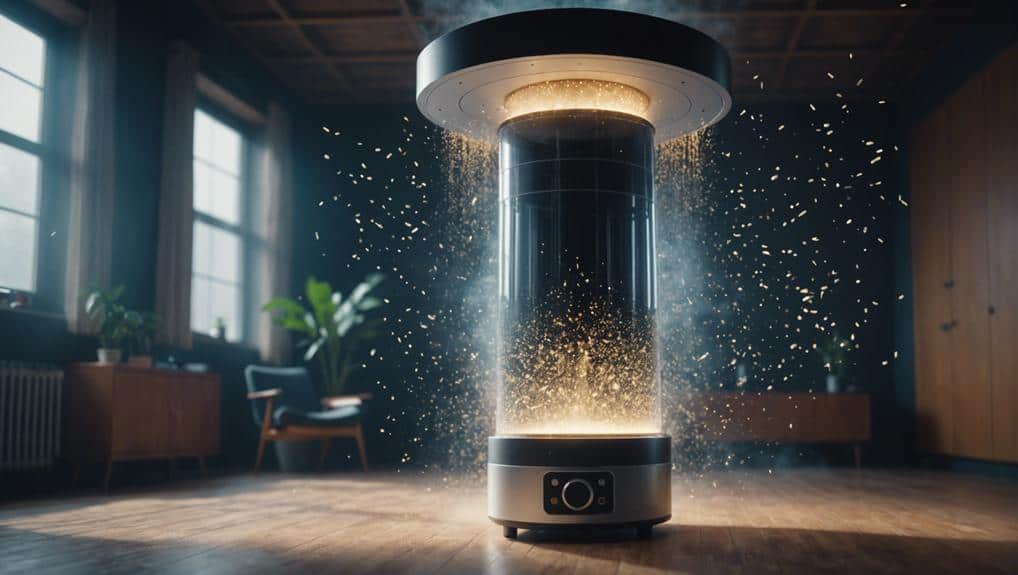
Despite the reduction in pollution levels near smog towers, the presence of PM 2.5 particles still exceeds WHO’s annual limit by a large margin. While the Delhi Smog Tower and similar air purifiers aim to reduce pollution, the impact on combating PM 2.5 particles specifically remains limited. Studies have shown that these towers can decrease pollution levels at the outlet by 50%, yet pollution levels near the tower are still 12 times higher than the WHO limit.
Additionally, the effectiveness of these towers in reducing PM 2.5 particles diminishes rapidly with distance from the tower, making their impact on neighborhood air quality questionable. To effectively combat PM 2.5 particles, further advancements in air purifier technology may be necessary. As of now, the current air purifier towers, including the Delhi Smog Tower, haven’t proven to be entirely effective in reducing PM 2.5 particles to meet the WHO standards.
Practicality Considerations for Air Purifier Towers
Considering the significant costs and maintenance challenges associated with smog towers, their practicality for widespread implementation in urban areas is a topic of debate. When evaluating the feasibility of air purifier towers, several key practicality considerations come into play:
- Cost: The high setup costs, often reaching millions of dollars, pose a barrier to the widespread adoption of smog towers. This financial investment may not always align with the budgetary constraints of urban development projects.
- Efficiency: Studies have indicated that the efficiency of smog towers diminishes with distance from the tower. This decrease in effectiveness raises concerns about the overall impact these towers can have on improving air quality in densely populated areas.
- Maintenance: Maintenance of smog towers is a significant challenge, requiring regular upkeep to ensure peak performance. The extensive maintenance demands can further strain resources and manpower, adding to the practicality concerns surrounding these air purifier towers.
These practicality considerations highlight the complexities involved in implementing air purifier towers on a large scale in urban environments.
Conclusion
To sum up, air purifier towers offer a cost-effective solution to combat air pollution, despite facing maintenance challenges and limitations in coverage area.
Their efficient filtering capabilities and impact on PM 2.5 particles make them a practical tool in promoting healthier living environments.
While they may not be a perfect solution, strategic placement and proper maintenance can maximize their effectiveness in improving overall air quality in densely populated areas.
